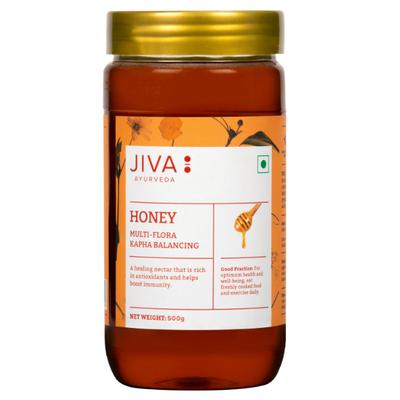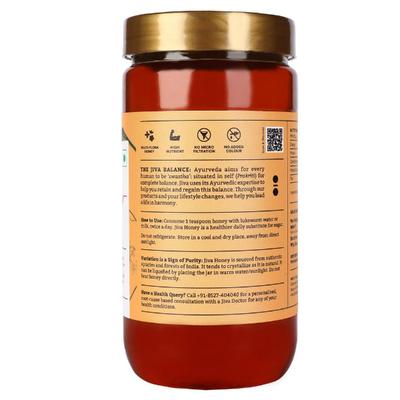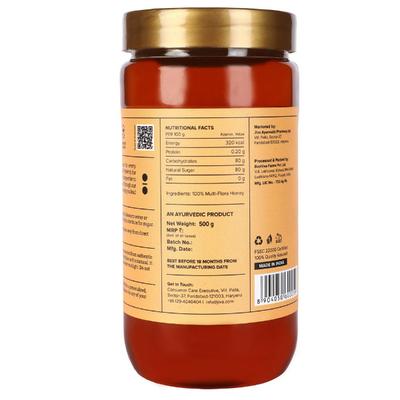

Netmeds First Membership
Description
A thick, golden liquid produced by industrious bees, honey is made using the nectar of flowering plants and is saved inside the beehive for eating during times of scarcity. Honey's color, taste, aroma, and texture vary greatly depending on the type of flower a bee frequents. Honey is indeed pure, unprocessed honey. All that is done is the filtering out of some solid impurities like pollen, but otherwise, it is clean, raw and not touched by humans.
A thick, golden liquid produced by industrious bees, honey is made using the nectar of flowering plants and is saved inside the beehive for eating during times of scarcity. Honey's color, taste, ar...
Key Benefits
- High-Quality Honey Is Rich in Antioxidants
- Honey Is "Less Bad" Than Sugar for Diabetics
- Helps Improve Cholesterol
- Honey Can Lower Triglycerides
- The Antioxidants in It Can Help Lower Blood Pressure
Read More
Direction for Use/Dosage
- Use honey to sweeten your dressings or marinades.
- Stir honey into coffee or tea.
- Drizzle honey on top of toast or pancakes.
- Mix honey into yogurt, cereal, or oatmeal for a more natural sweetener.
- Spread raw honey over whole-grain toast and top with peanut butter.
Read More
Safety Information/Precaution
Avoid giving honey — even a tiny taste — to babies under the age of 1 year
Other Information
Ingredients: sugars - 38% fructose, 31% glucose, 5% dextrin and 1.5-3% sucrose; 0.1 to 2.3% protein, 0.1-0.2%mineral substances; 0.003 to 0.2% salts of organic acids (malic, lactic, of sorrel, citric and tartaric)
Ingredients: sugars - 38% fructose, 31% glucose, 5% dextrin and 1.5-3% sucrose; 0.1 to 2.3% protein, 0.1-0.2%mineral substances; 0.003 to 0.2% salts of organic acids (malic, lactic, of sorrel, citr...









